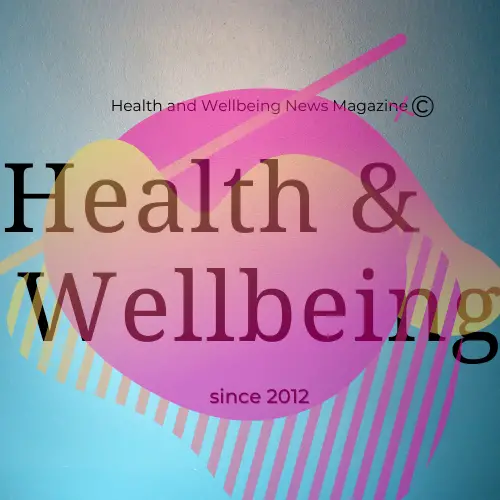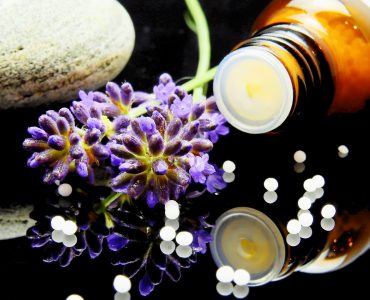Ever experienced itchy, red, and painful bumps on your fingers or toes when the weather turns chilly? Those might be chilblains, a common, yet sometimes misunderstood, condition triggered by cold temperatures. This guide delves into the world of chilblains, exploring their causes, symptoms, and effective management strategies to keep your extremities warm and comfortable.
Unveiling the Mystery: What are Chilblains?
Chilblains, also known as pernio, are localized areas of inflammation in the skin, typically affecting the fingers and toes. They occur when exposed to cold, damp conditions, causing blood vessels to constrict and disrupt circulation in the affected areas. Contrary to popular belief, chilblains are not frostbite, which involves freezing and tissue damage.

The Telltale Signs: Recognizing Chilblains
Chilblains often manifest through a combination of the following:
- Intense itchiness: This can be the first and most noticeable symptom, often worse at night.
- Redness and inflammation: The affected area appears red, swollen, and warm to the touch.
- Tingling and burning: A tingling or burning sensation might accompany the redness and swelling.
- Swelling: The skin can become puffy and swollen, sometimes affecting the entire finger or toe.
Understanding the Culprits: What Causes Chilblains?
Several factors contribute to chilblains:
- Cold, damp weather: Exposure to cold temperatures, especially with moisture, is the primary trigger.
- Poor circulation: Conditions like Raynaud’s disease or tight clothing can restrict blood flow and increase susceptibility.
- Medical conditions: Certain medical conditions like diabetes or thyroid disorders can increase the risk.
Seeking Guidance: Diagnosis of Chilblains

While chilblains are often recognizable, consulting a doctor is crucial to confirm the diagnosis and rule out other conditions. Your doctor will likely diagnose chilblains based on your symptoms and a physical examination.
Soothing the Discomfort: Treatment Options
Fortunately, various treatments can manage chilblains:
- Home remedies: Keeping warm, wearing appropriate clothing, and avoiding triggers are essential. Soaking affected areas in warm water can also provide relief.
- Medications: Over-the-counter pain relievers or topical creams might be prescribed to manage discomfort.
- Medical interventions: In severe cases, medications to improve blood flow or even surgery might be considered.
Prevention is Key: Protecting Yourself from Chilblains
By adopting these strategies, you can significantly reduce your risk of chilblains:
- Dress warmly: Wear layered clothing and cover exposed skin, especially in cold weather.
- Stay dry: Avoid getting your hands and feet wet in cold weather.
- Maintain good circulation: Quit smoking, avoid tight clothing, and move your fingers and toes regularly.
Facing the Consequences: Complications of Untreated Chilblains
While generally harmless, untreated chilblains can lead to:
- Ulceration: In severe cases, open sores can develop on the affected area.
- Infection: Broken skin is more susceptible to bacterial infections.
- Tissue damage: In rare cases, if left untreated, severe chilblains can damage underlying tissue.
Tiny Toes, Big Concerns: Chilblains in Children
Children are particularly susceptible to chilblains due to their smaller body size and developing circulatory systems. Watch for similar symptoms in children and seek medical advice promptly.
Frostbite vs. Chilblains: Knowing the Difference
While both involve cold weather, frostbite is a more severe condition causing freezing and tissue damage. Chilblains don’t involve freezing and cause inflammation, not tissue damage.
When to Seek Help: Don’t Wait Until Your Toes Turn Blue
Consult your doctor if:
- Your symptoms are severe or don’t improve with home care.
- You experience additional concerning symptoms like fever or blistering.
- You have an underlying medical condition that increases your risk.
Keeping Your Feet Happy: A Final Note
Chilblains are a common concern, but understanding their causes, symptoms, and management strategies can empower you to keep your extremities warm and comfortable. Remember, prevention is key, and seeking timely medical advice ensures proper care and reduces the risk of complications. So, bundle up, stay warm, and enjoy the winter chill without worrying about those itchy, red bumps!





